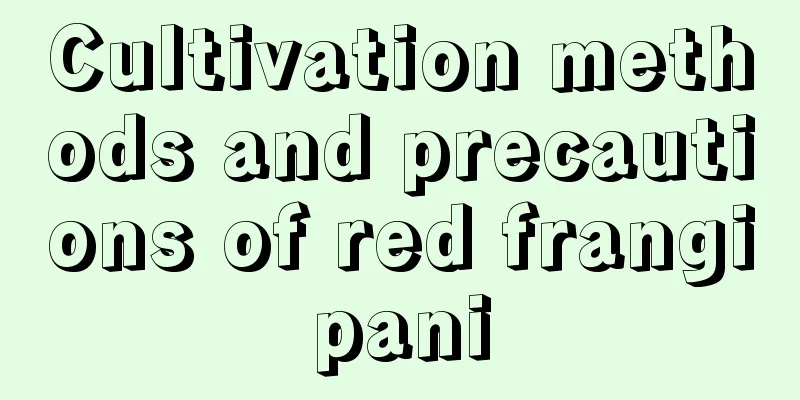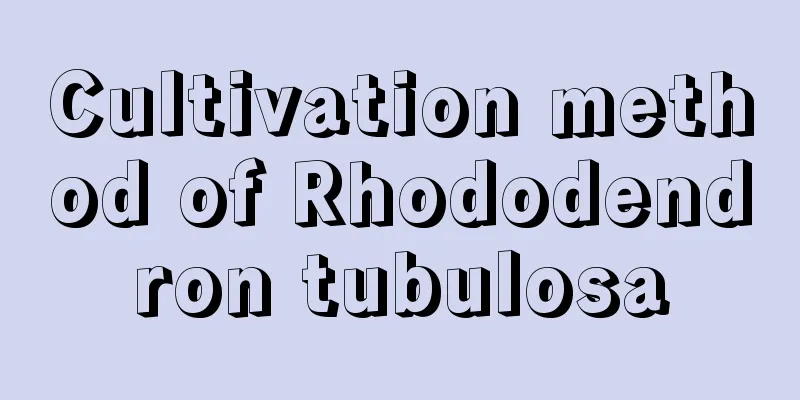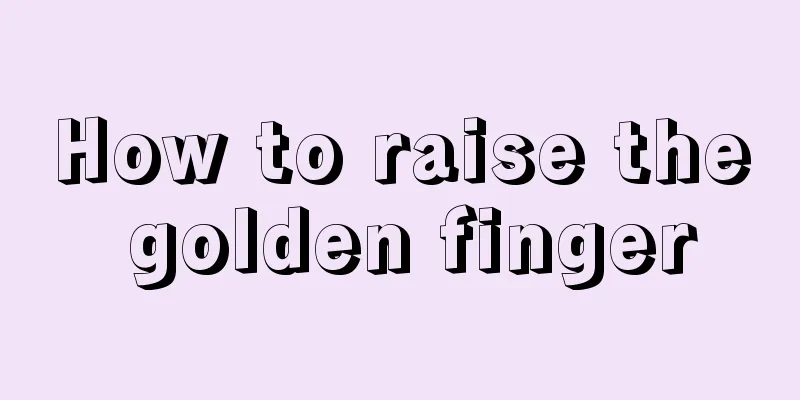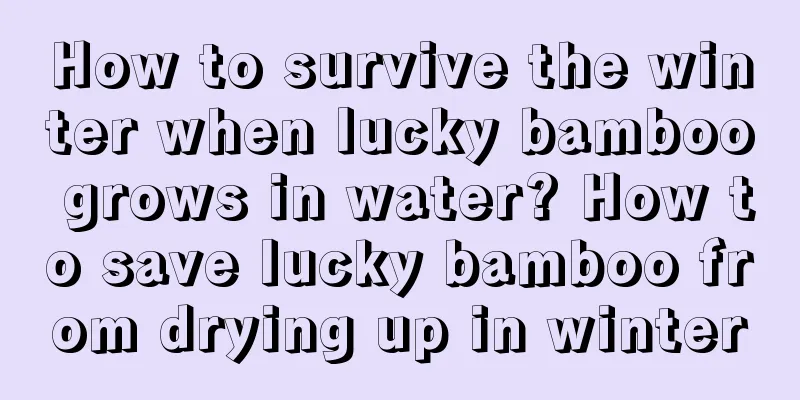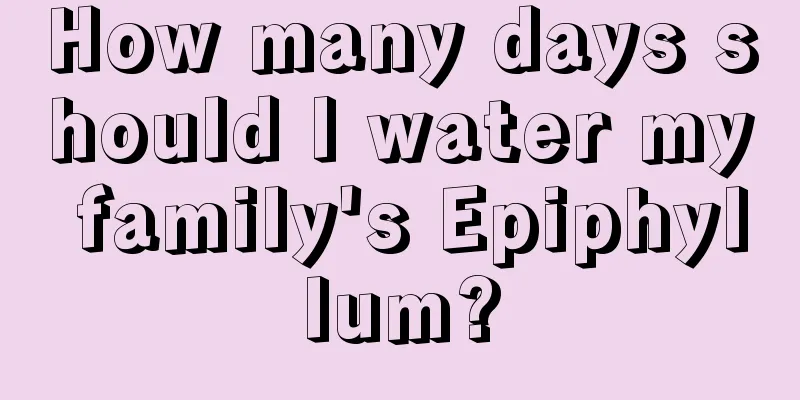How to make your own succulent granular soil economically and affordably (the simplest way to prepare soil for succulents)

|
The small particles in honeycomb coal are excellent for growing flowers. They are better than the granular soil you buy, and they do not attract insects. Honeycomb coal particles can kill insects. You don't have to worry about the soil for growing succulents. The effect of mixing the small particles of honeycomb coal with the soil is absolutely very good. How to make your own succulent granular soilStep 1: BreakingSince honeycomb coal is in block form and very large, first use a claw hammer to break the coal into pieces. The smaller the better. After breaking them into pieces, step on them a few times until the block-like coal becomes small particles. Step 2: SievePut the crushed honeycomb coal into the sieve. If you have more than 20 pots of succulents at home, it is recommended to have a small sieve as a spare. It will definitely come in handy when sifting the soil. You can rinse it with water while drying it in the sun. Allow the powder in the sieve to settle in the basin of water. The powder will not be used, so pour it directly into the surrounding flower beds after passing through the sieve. After the powder is passed, pick out the "large particles" on the surface. The relatively large particles can be used as pot pads to increase the air permeability of the soil. For some old succulent plants, you can use large-grain honeycomb coal to pad the pot and use it as expanded clay, which is very practical. Step 3: Sun drying the soilPlace the small particles at the bottom of the sieve on the balcony to dry. The moisture in the small particles must be dried before they can be used. The remaining small particles are the essence of honeycomb coal, which can be mixed with soil to increase the air permeability of the soil. In addition to being mixed with soil, the small particles can also be used as "paving stones" for succulents, spread flat on the surface of the flowerpot to increase beauty and prevent pests. The paving stones that people usually use are medical stones, which are very expensive. The small particles in honeycomb coal can completely replace medical stones, and the effect of paving at no cost is more beautiful than that of medical stones. |
>>: What is the King of Grass? (Two reasons why alfalfa is the King of Grass)
Recommend
How long is the growing cycle of peanuts?
Introduction to Peanut Growth Peanuts have a wide...
Phalaenopsis orchid stem cutting method
Phalaenopsis is an indoor plant with great orname...
How to grow winter vegetables on the balcony?
Growth environment Winter vegetables prefer a coo...
What to do if Oncidium does not bloom
Pot soil At the beginning, it is generally made b...
The meaning of the combination of sunflowers and baby's breath, and who should it be given as a gift?
1. Significance The combination of sunflower and ...
What is the main component of wood ash? Can it be used as fertilizer?
1. Main ingredients Its main ingredient is potass...
Do tulips prefer shade or sun?
Do tulips prefer shade or sun? Tulip is a sun-lov...
Garlic germination method encyclopedia How to make garlic germinate quickly
The purpose of germinating garlic is to increase ...
How to plant roses to keep them alive
1. Cutting time The time of cutting is related to...
How to grow Venus flytrap in winter? What to do if the leaves are all black?
1. How to keep it in winter 1. Insulation treatme...
Where is the best place to plant konjac?
Konjac Planting Conditions Konjac is generally pl...
Cultivation methods and precautions of Globe amaranth
1. Lighting It likes light, so it needs to be pla...
What to do if the leaves of Daphne koreana turn black
1. Reasons 1. Watering The blackening of Daphne o...
Diseases and Pests of Ornithogalum and Their Control
Diseases of Ornithogalum Mosaic disease of Ornith...
The difference between fragrant wood and pepper wood
1. Leaf Difference The leaves of the fragrant woo...
